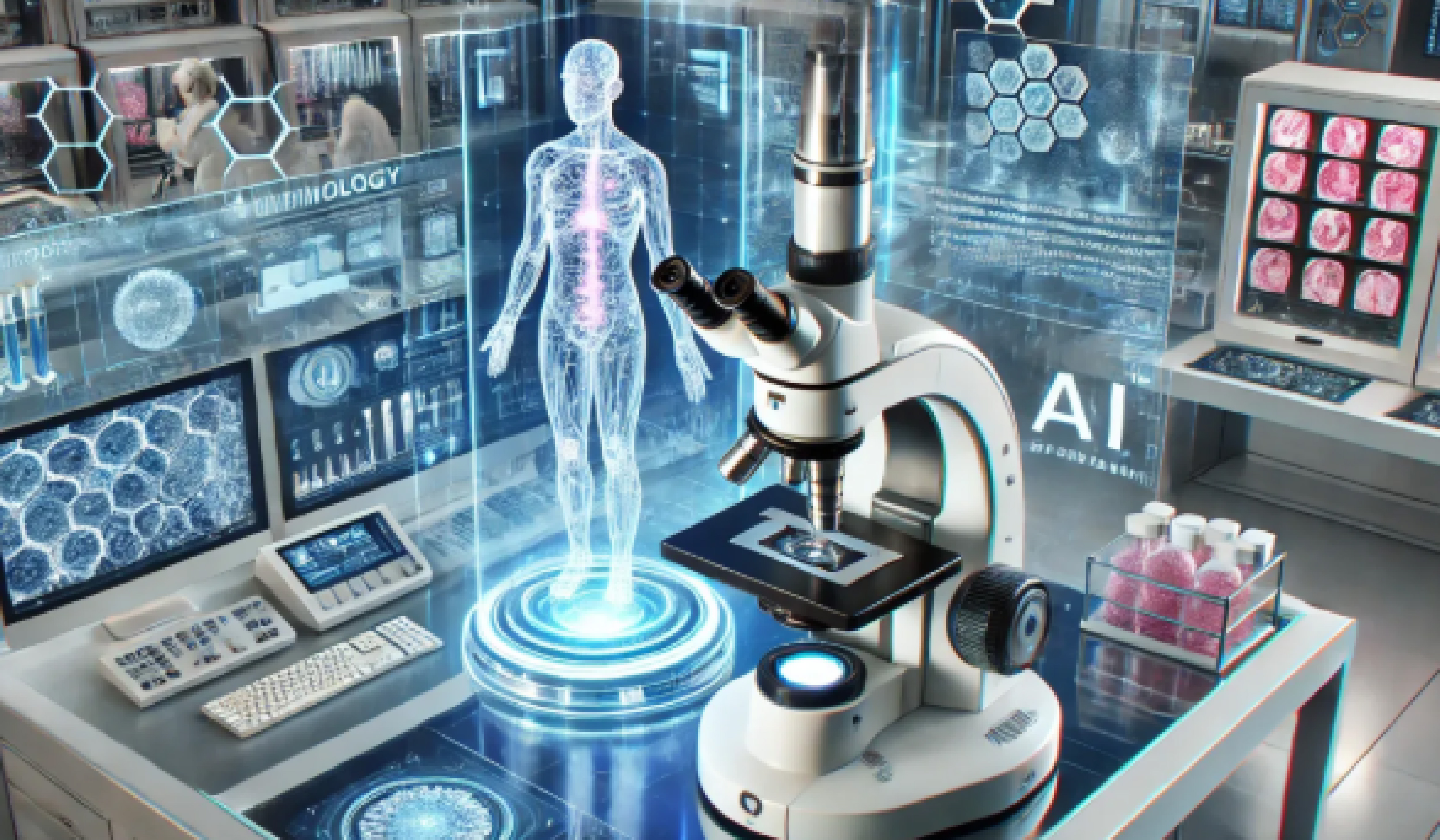
Pathology is entering a new era, the one where digital slides and AI work alongside microscopes to redefine diagnosis. Traditional pathology methods have been essential in providing diagnoses, semi-quantitative or qualitative evaluations of protein expression, and disease classification. Recent technological progress and emphasis on precision medicine have led to the emergence of digital pathology methods for quantitative assessments.
Whole slide imaging and artificial intelligence (AI) solutions, have enabled the exploration and extraction of information surpassing human visual capabilities.
A lot has changed how the pathology is done today. What once depended entirely on a microscope is now shifting toward digital screens. This move has helped doctors and lab professionals break through the limits of traditional methods and explore new dimensions of medical understanding and collaboration.
Pathology depends on precise and prompt diagnoses, and both aspects may be supported by AI. By employing use cases involving quantification, grading, quality control, prediction, and prognosis, pathologists can utilize objective and reproducible evidence to enhance patient care far more effectively than relying solely on opinions from other pathologists. It can additionally be utilized interactively, directing pathologists to areas of concern and assisting them in analyzing images that might be challenging to interpret.
But digital pathology doesn’t stop there. It includes a full setup of software that helps you store, manage, and view images easily. These systems often link directly with the lab’s existing information setup, making the entire workflow smoother and faster. The best part is that every piece of diagnostic data stays organized, secure, and simple to access whenever it’s needed.
AI will not substitute Pathologists but will assist them in enhancing their work. The confidence of pathologists in AI-driven technologies is essential for effectively integrating these tools into laboratory practice. The key elements for fostering this trust include validating AI models prior to their integration into pathology lab processes, monitoring performance post-deployment, and maintaining ongoing communication between pathologists and the AI system developers.
Pathology labs are accessing and experiencing digital transformations, implementing cutting-edge technologies to improve patient care. Digital transformation in pathology requires establishing suitable infrastructure for these technologies, incorporating them into clinical practice, implementing measures to guarantee adequate quality, and comprehending the regulatory consequences.
Digital pathology systems allow pathologists to share digital slides with colleagues for remote consultations. Intraoperative consultation has been enhanced by utilizing these technologies, enabling pathologists to remotely examine patient samples obtained during surgery. Digital pathology systems allow pathologists to perform their routine clinical tasks, utilizing digital workflows in place of analog methods.
With the future of precision pathology being shaped by evolving AI, the fusion of human expertise and intelligent systems will be the key. Digital pathology is transforming more than diagnostics; it’s transforming how pathologists learn, collaborate and decide based on data.
To stay ahead with this emerging field, Global Healthcare Academy (GHA) offers Digital Pathology Certification Course aimed at providing pathologists, laboratory professionals, and researchers with real world evidence and practical insights into AI integration, image analysis and workflow optimization.
This course will bridge the gap between traditional microscopy and computational pathology so that you will be able to use digital tools to work more effectively, improve diagnostic precision, and lead an innovation in your laboratory.
Join Digital Pathology Course today and become part of the next generation driving precision medicine forward.